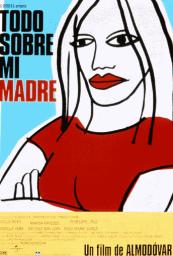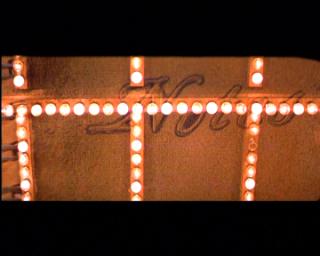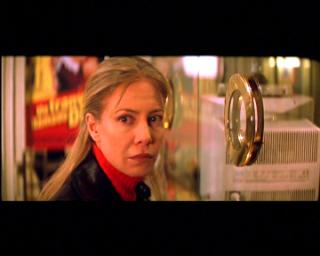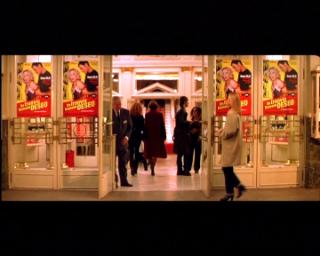/ Inici / Atractius / Teatre TívoliVersió per a imprimir
Teatre Tívoli
.JPG.medium.jpg) .JPG.medium.jpg) .JPG.medium.jpg) .JPG.medium.jpg) .JPG.medium.jpg)
|

|
Informació Històrica del lloc
El teatre Tívoli té el seu origen en les instal.lacions recreatives, pròpies de segle XIX, que hi havia instal•lades al llarg del passeig de Gràcia, en aquest cas en els Jardins Tívoli entre els actuals carrers de Consell de Cent i de València. El 1868, amb la incorporació de l’empresari Ignasi Elias i Font, el teatre va fer un salt qualitatiu. Es va bastir un nou teatre on el públic podia gaudir d’obres de dramaturgs reconeguts com Frederic Soler més conegut per “Pitarra”. En aquella època era el teatre més freqüentat dels que tenien programació d’estiu. Fou traslladat de forma estable a l’actual edifici, inaugurat el 1917 segons projecte de Miquel Madorell. Cal destacar la façana amb nombroses obertures vidrades emmarcades per columnes i la marquesina de ferro i vidre.
Per conèixer millor la zona
Al principi del segle XIX Barcelona era una ciutat industrial densa i tancada dins de les seves muralles. La necessitat d’apropar-se a la natura va provocar la construcció de grans avingudes arbrades, entre les quals destacava el passeig de Gràcia. Ocupant el traçat de l’antic camí de Jesús, entre el Portal de l’Àngel i l’expansiu poble de Gràcia, aquesta avinguda seria un eix determinant en el procés d’instauració del projecte de l’Eixample d’Ildefons Cerdà. A començaments del segle XX, el passeig és converteix en el carrer major de la nova Barcelona i en l’escenari d’una ciutat que inicia el segle amb l’empenta de la burgesia, l’esclat del modernisme i l’aparició de l’automòbil. Avui dia és la columna vertebral de l’Eixample. És una avinguda on es barregen cases particulars, comerços de prestigi, cafès, restaurants i bona part de les joies arquitectòniques del Modernisme, com són la Casa Lleó Morera de Domènech i Montaner, la Casa Amatller de Puig i Cadafach i les Cases Batlló i Milà (la Pedrera) de Gaudí. Destacar també, els bancs-fanals projectats el 1906 per Pere Falqués. Els bancs, de trencadís blanc i recordant formes gaudinianes i els fanals, de ferro forjat i amb formes vegetals, configuren un conjunt característic dins del Modernisme. Un altre dels elements significatius són els panots de la voravia, copiats de les rajoles dissenyades per Gaudí, pensades per al terra de la Casa Batlló i que es van instal•lar finalment a les cuines dels pisos de la Pedrera. L’any 2002 l’Ajuntament va pavimentar el passeig de Gràcia amb aquests panots, unes llosetes hexagonals e idèntiques, que descobreixen motius marins quan se les contempla en conjunts de sis peces: un pop, un cargol i una estrella de mar.
|
Descripció escenes
Todo sobre mi madre
  
Teatre Tívoli: Manuela (Cecilia Roth) compra una entrada a la taquilla del teatre per veure l’obra “Un tranvia llamado deseo”.
|
Sabies que...
En paraules del director, el fet d’incloure “Un tranvia llamado deseo” no es només un signe cultural, sinó una mena d’objecte que intrínsecament forma part de la historia. L’elecció de l’obra és perfecta per destacar el talent de Marisa Paredes, a més de la idoneïtat d’algunes frases com la que pronuncia Stella amb el seu fill als braços i que després repetirà Manuela al representar el mateix personatge: “No volveré nunca a esta casa”. Aquesta frase ja havia sortit del llavis de la jove Manuela a Argentina, després la repeteix a Madrid i, finalment, a l’escenari d’un teatre a Barcelona.
Només és autèntica la entrada del teatre. Les escenes del camerino van ser rodades en un plató. Un dels acomodadors és l’Antxon Gómez, director artístic de la pel•lícula. |
La Barcelona de Pedro Almodóvar
/
Teatre Tívoli

